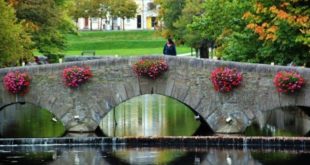Orleans is one of the oldest cities in France , which for the traveler is a guarantee of history, well-preserved cultural heritage and opportunities to discoverFrench savoir vivre .
It is located on the banks of the Loire River , just at the northernmost point of its course and, therefore, the closest to Paris.
This fact makes us imagine that its port has always been very active, which justifies part of the wealth of the city.
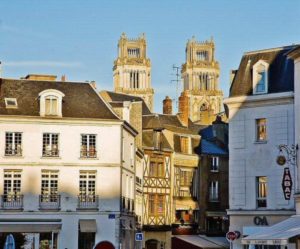
This location on the road to Paris, makes trains from Madrid and Barcelona stop at the station of Orleans-Les Aubrays , making Orleans one of the best places to undertake a route through the Loire Valley , an area declared a World Heritage Site. Humanity by Unesco.
A walk through the historical center of Orleans is the best way to get into the atmosphere of the French department capitals, where it seems that modern lifestyles are very well combined with respect for the heritage heritage.
Joan of Arc in Orleans
Here you can walk along straight streets with arcades flanked by sturdy nineteenth-century bourgeois mansions – where there are shops so well presented that you would like to take them all – as well as narrow medieval streets.
In these you will find houses with half-timbered walls full of artists’ workshops and small shops that sell the most unusual objects.
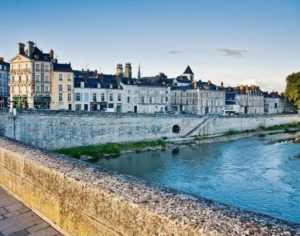
from the first moment, the constant presence of the figure of Joan of Arc is noticed .
This is one of the fundamental characters of the history of France, and appears constantly in any tour of this central part of the Loire Valley .
In Orleans , an equestrian monument dominates the spacious Martroi Square ; there is also the house in which he lived and there is a chapel dedicated to her in the cathedral of Sainte Croix .
Here one of the transcendental facts of the life of the French heroine was developed.
Orleans was besieged by the English troops and about to surrender, when Joan of Arc arrived with her comrades, she managed to raise the siege and, in the long run, put an end to what could have been the total conquest of France by the English.
As history goes around a lot, there is now a monument in memory of the English soldiers who died in France during World War I, right next to the chapel that is dedicated to Joan of Arc in the cathedral .
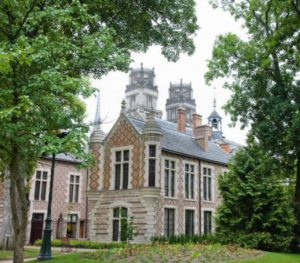
You have to go through the cathedral again and again to see it up close, and then walk away to see its two square towers standing out above the rooftops.
There are two places to be seen nearby: on the one hand, the Museum of Fine Arts , on Place Sainte Croix , one of the most complete in France (with works by Velázquez , Gauguin and Picasso in its catalog).
And on the other, the Hôtel Groslot , pure Renaissance architecture that can be discovered (free admission) except when there are official ceremonies.
From the cathedral you have to walk slowly towards the Loire, letting yourself be carried away by the labyrinth of narrow streets that seem to lead nowhere.
The place de la République , dominated by a graceful bell tower, is one of the few open spaces in the area.
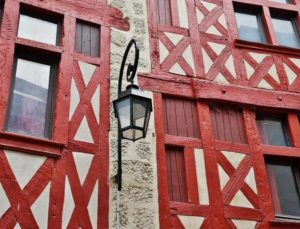
As soon as a bit of good weather, the bars take their tables to the street and, at the end of the afternoon, the neighborhood acquires that unreal environment where you can enjoy that wonder that is to have a drink or dinner with the current comforts in a scenario that seems not to have changed for six or eight centuries.
And, a little further on, the Loire appears , wide and majestic.
Normally quiet down, well channeled as it passes through Orleans, but do not forget that it is the last wild river in France, perhaps in Europe.
You have to cross the bridge to enjoy from the other side of the view of the rooftops of the city.
On the other shore emerges the new city , born only in the twentieth century, which shows that Orleans , rich in history, is more alive than ever.
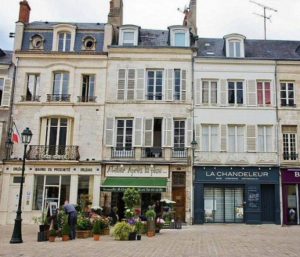
 Countries To Travel Travel Tips and Plans
Countries To Travel Travel Tips and Plans

